Bhutan is a unique Himalayan country located between India and Tibet. Despite being isolated from the outside world for a long time, Bhutan has steadily modernised while preserving its distinct cultural identity and natural beauty.
The terrain ranges from lush valleys and rice terraces to towering mountains, giving the landscape striking emerald hues year-round. Colourful Buddhist monasteries called dzongs are built on hillsides overlooking towns. Traditions like weaving and crafts are kept alive by robed monks in the monasteries.
Your Bhutan Tour to this remote Himalayan nation provides a once-in-a-lifetime chance to experience pristine scenery, learn about the culture and spiritual way of life. The slow pace and emphasis on nature, traditions and community are rejuvenating. For nature lovers, history buffs or those seeking spiritual fulfilment, Bhutan delivers memorable experiences like nowhere else. Its welcoming people and preservation of identity make any visit truly special.
The small country of Bhutan is located in the Eastern Himalayas between India and Tibet. Its landscape includes snowy mountains, green valleys, and rushing rivers, which earned it the name "Land of the Thunder Dragon."
Over 750,000 people call Bhutan home. Buddhism deeply influences Bhutanese culture from the impressive dzong buildings and painted monasteries found throughout the hills, to traditional clothing like the kira fabric dresses women wear and the gho robe worn by men. The King also promotes policies aimed at overall citizen happiness rather than just economic growth.
Visitors get a glimpse into Bhutan's preservation of traditions alongside modern changes. Ancient festivals and rituals still draw locals in colourful traditional clothing, though smartphones are also common now. Rural villages nestle against stunning backdrops of terraced farm fields, forests and crystal clear rivers below gigantic peaks over 7,000 metres tall.
Bhutan's focus on high-quality, low impact tourism means visitors experience the country sustainably through a daily fee. Outside influences on culture and infrastructure have been carefully integrated to harmoniously blend old Bhutanese ways with new technology and development. This balance between progress and heritage conservation is what makes Bhutan such a special place to visit.
Here are some of the most popular places tourists visit in Bhutan:
The capital is full of mediaeval buildings like the Tashichho Dzong fortress monastery. You can join prayer sessions here or wander the streets looking at craft shops, markets and restaurants.
This impressive fortress sits stunningly on the Pho Chhu river. Inside you'll find religious artefacts and exhibits about Bhutan's history. Take a walk around and locals might share stories about village life.
Rice terraces climb the valley walls all the way up to cliffs overlooking rivers below. Key sights include Tiger's Nest Monastery, a picnic by the stream is a nice way to take in the scenery.
Multiple historic monasteries containing murals, manuscripts and relics are scattered across this lush valley. Meet friendly monks and hike through forests spotting campsites with great mountain views.
Characterised by farms and small villages, this region provides a glimpse into rural Bhutanese culture. Apple orchards and local homes give outsiders a feel for everyday life away from big cities. Friendly herders may let you try yak cheese!
Visit now, when the hillsides will be carpeted with vibrant azaleas, rhododendrons, and other flowers. With typical temperatures ranging from 10 to 25 degrees Celsius, the weather is pleasant for outdoor pursuits including cycling, hiking, and sightseeing. During the spring, monasteries host significant Buddhist festivals that are significant cultural occasions. It's usually less congested than other times of year.
Autumn weather is dry and clear, with the summer monsoon rains having ended. It is often 15 to 20 degrees during the day, while it is colder at night. Once the growing season is over, the landscapes appear incredibly colourful and green. September and October saw a number of significant festivals, such as Paro and Thimphu Tshechu, which offer visitors lively cultural activities. This is also the period when the scenery is at its best.
Winter brings colder temperatures hovering around freezing in the mountains. However, it offers a unique chance to see masked dance performances and festivals as many shift between monasteries. Some higher altitude roads may close due to snowfall, so planning is important. Accommodation also gets busier. For those who don't mind the chillier weather, winter has its own charms with dramatic scenery and lively cultural experiences.
In conclusion, spring and fall offer beautiful scenery and generally warm temperatures. Important holidays come with winter, but you still need to dress appropriately. Travellers can make the most of their trip to Bhutan by planning ahead and scheduling their vacation according to their interests.
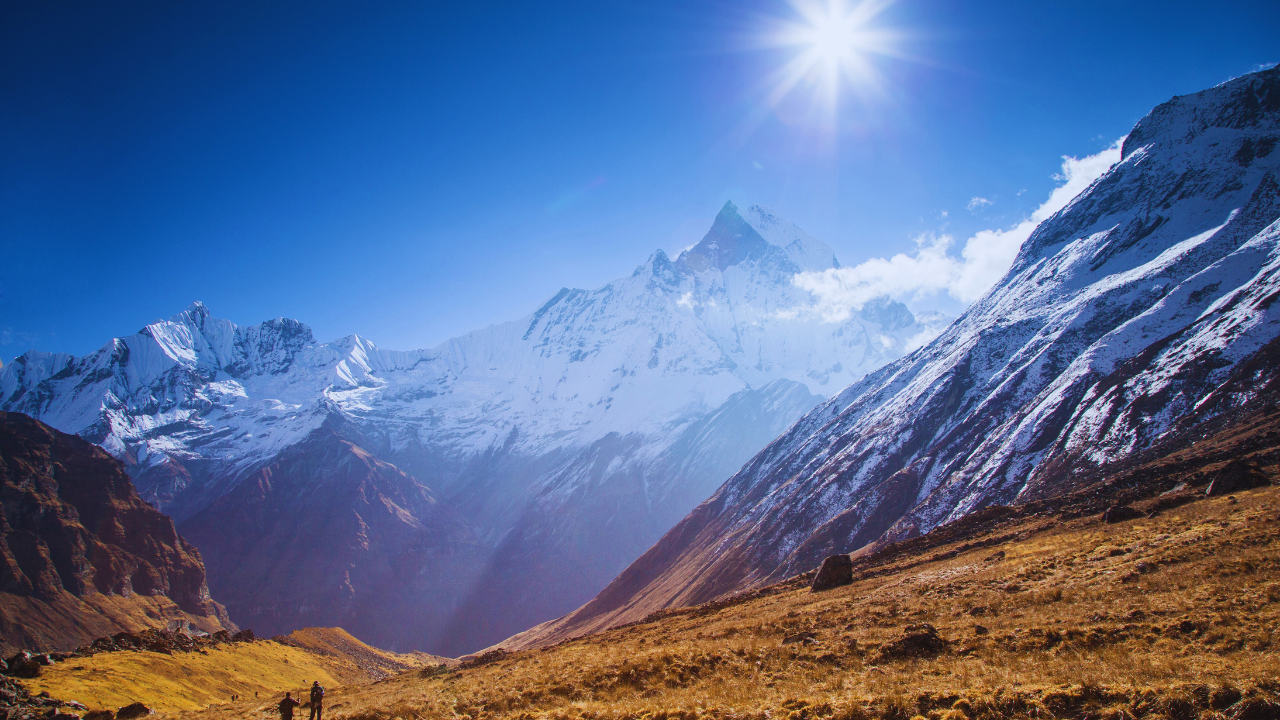
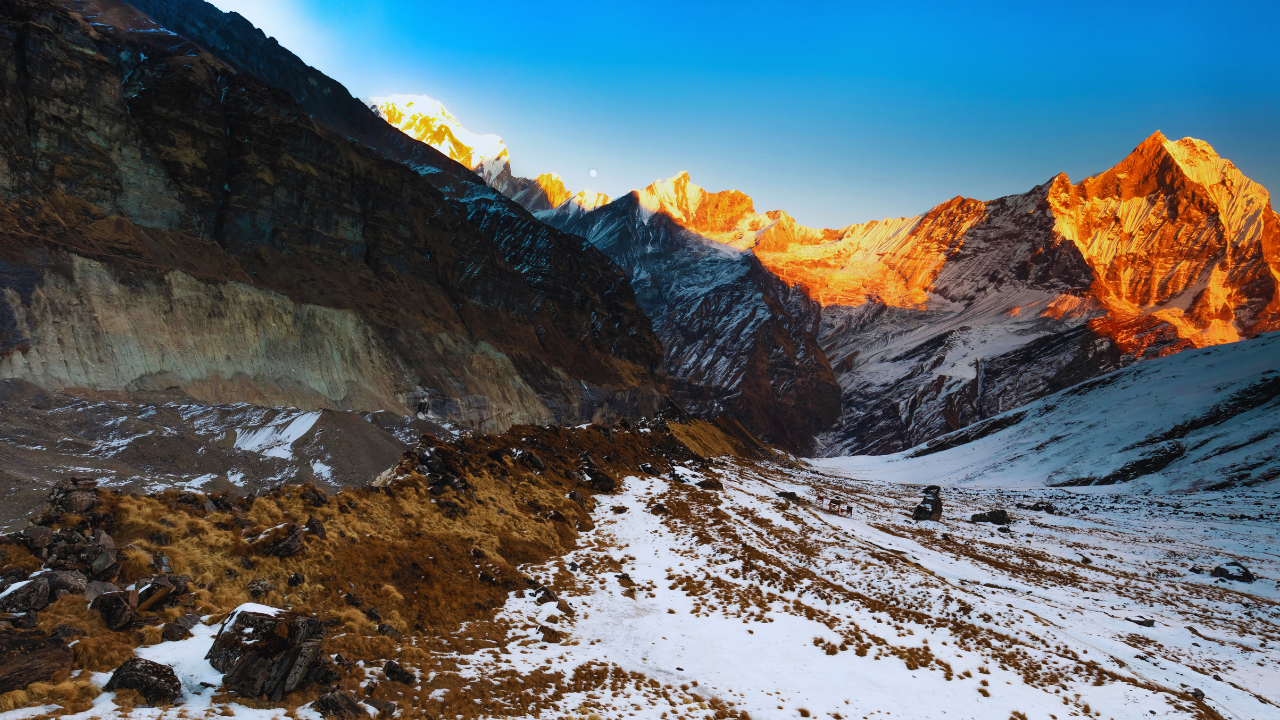
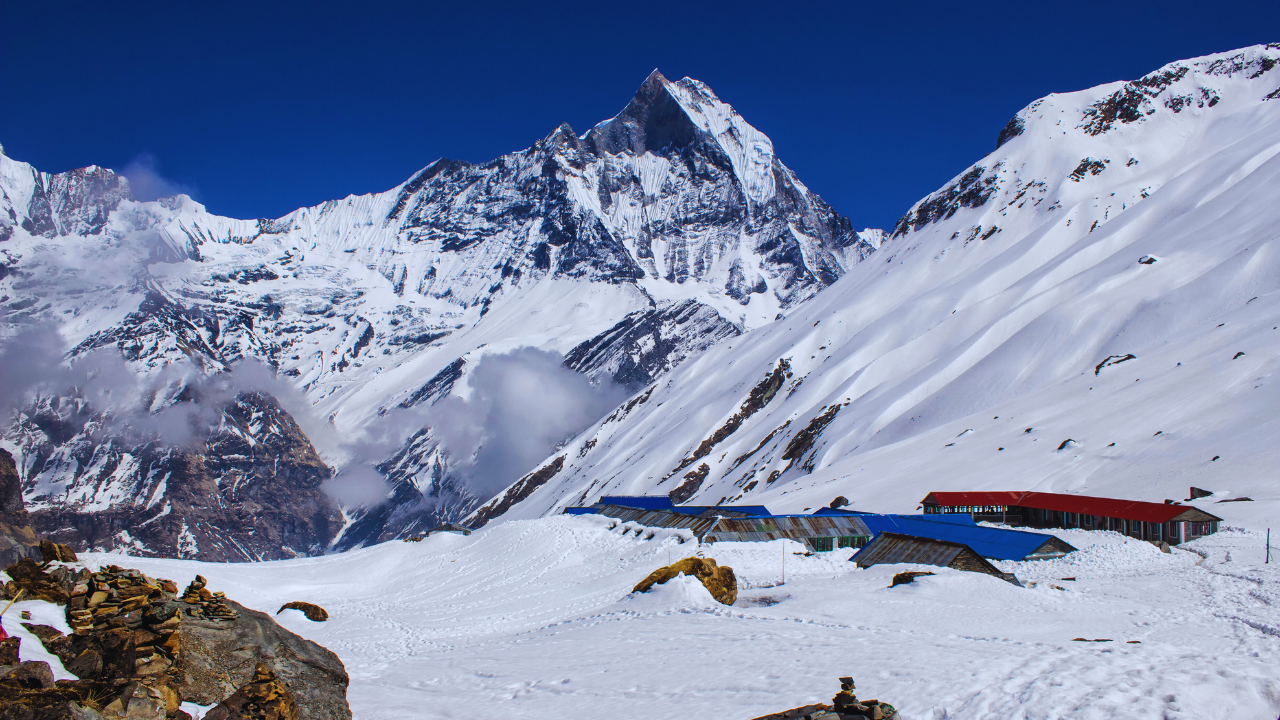
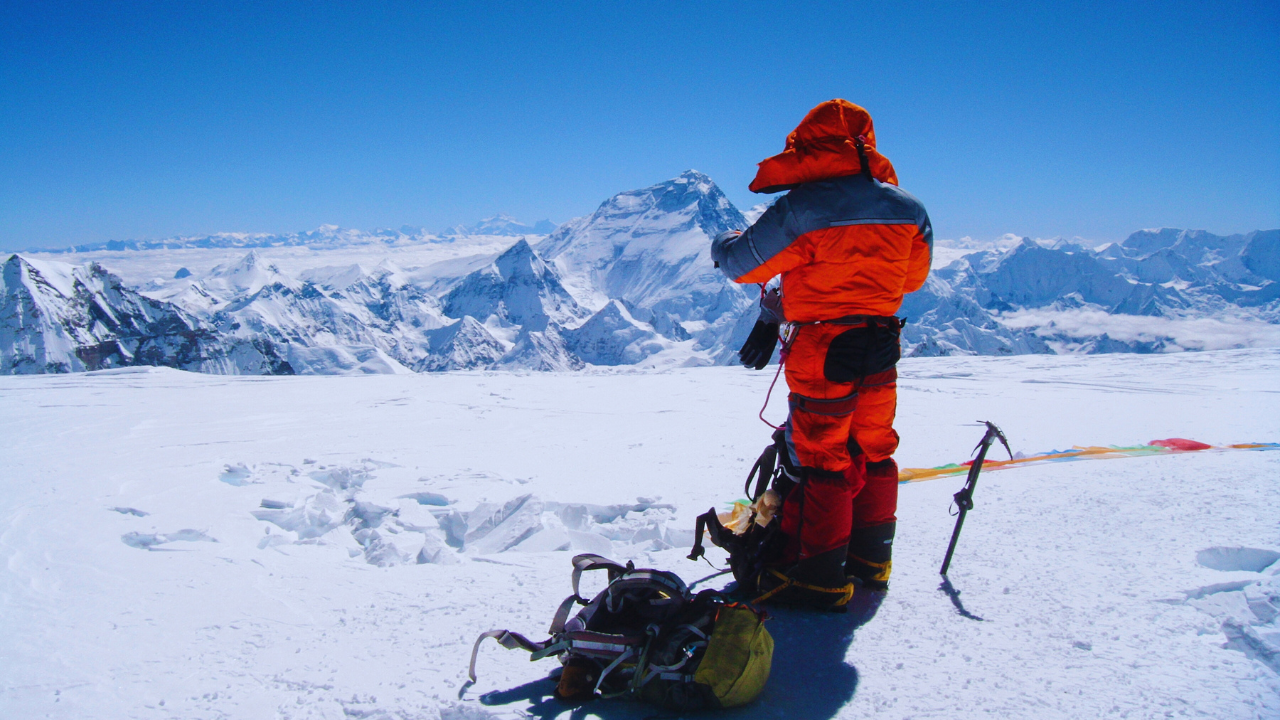



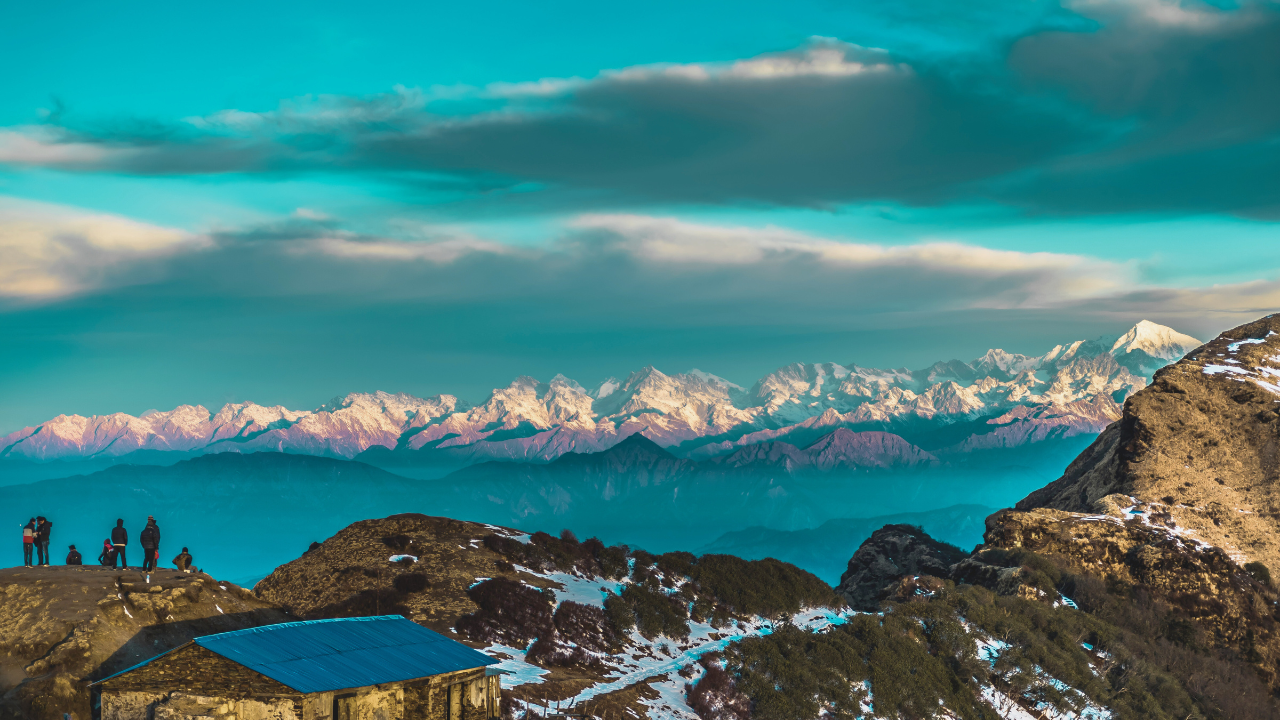







































Comments